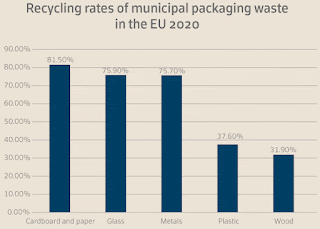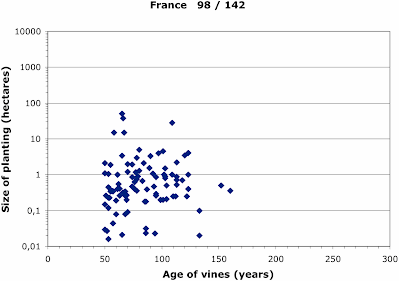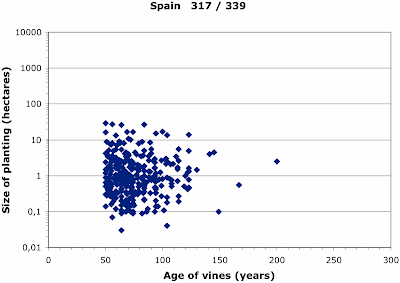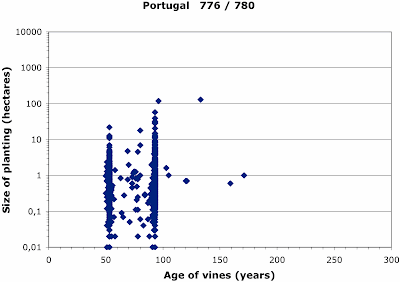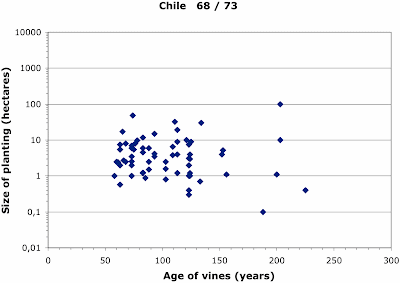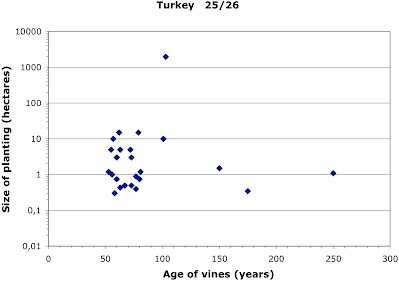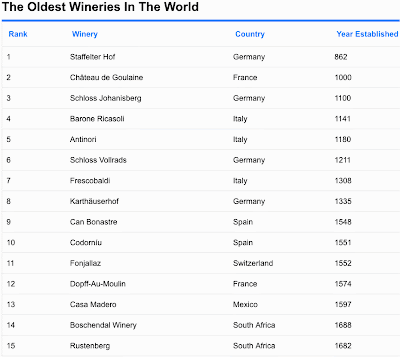Last week, I wrote about The modern (sustainable?) world of wine packaging. Immediately afterwards, three related articles appeared during the week:
- Revino launches groundbreaking end-to-end refillable glass bottle reuse system
- Torres tests reusable packaging
- Could paper bottles be the future of wine and spirit packaging?
This was clearly a hot topic, at the time, and continues to be a pointer to the future.
So, this week I thought that I might write about something just as topical: modern ways of selling wine direct to the consumer / customer (DTC). After all, we have been told that in many places DTC is the lifeblood of the wine industry; and it would be in the USA if it sorts out its cross-state wine transportation problems (Wines are no longer free to travel across state lines). We have also been told, by contrast, that a third of legal-drinking-age adults in the USA say they have not consumed alcohol in the past six months (US consumers want to moderate their alcohol consumption), and especially that Young adults in the U.S. are drinking less than in prior decades. So, wine supply and sale is clearly becoming a more tricky business than it has been — as the French Agriculture Minister recently said: the industry needs to “look to the future, think about consumer changes ... and adapt”. So, DTC should be of relevance.
Obviously, the traditional way to buy wine has been to walk into a retail store and grab a suitable bottle from a shelf. However, one common DTC way to bypass this arrangement has been what is called the Wine Club Model (Clubs vs Subs):
This recurring sales model is structured to offer repeat customers a winery-curated selection of wines at a small discount, delivered to their homes monthly or quarterly. Clubs are typically free to join, and the benefits of being a club member include a discount on wines (typically 10–20%), first access to new releases of wines, and invitations to events. Some wineries will have special seating areas or experiences for participants, and members are encouraged to visit the tasting room for complimentary activities.This model has been common during my adult life (Why are Wine Clubs so popular?), both from producers and from retailers. There are also clubs for supermarket chains, for example, which offer financial discounts each week to their members; and it has also applied to things like newspaper and magazine deliveries to your door.
However, this arrangement apparently does not quite suit modern generations (eg. Millennials and Generation Z), along with many of the other things favored by my (now aging) Baby Boomer generation. The issues seem to be (Clubs vs Subs):
This model is frustratingly rigid. Consumers who grew up with the internet are accustomed to variety, transparency, and immediate access with no strings attached. Moreover, younger consumers don’t want the same wine delivered periodically. They grew up with the internet and know what it is to have options; so, their goal is not to decide on a favorite and stick with it. Instead, they live in a perpetual state of trial.
So, the suggested alternative to the Wine Club is the more general Subscription Model (Clubs vs Subs):
Subscription models are different from Wine Clubs because they place control of the relationship in the customers’ hands. Typically, all interactions are online so that they can be managed anytime and anywhere. Many have apps. The consumer signs up and chooses the frequency and dollar amount. The focus is on new brands and products, typically highlighted with in-the-box extras containing stories about the new items.Indeed, this seems to have become The Way for the younger generations (eg. urbanites 25-45 years old), half of whom apparently have four or more subscriptions, with various providers. Indeed, subscriptions exist these days in all parts of life, from phone usage to apps to video streaming to food delivery. Therefore, the wine industry is being encouraged to re-consider its approach (Wine clubs vs. subscriptions: which is better?); and advice is now being provided for any of we wine oldies who need to adjust to this somewhat different way of selling (Let’s discuss if it is time to move your Wine Club to a Subscription).
One of the many differences between clubs and subscriptions is that The future of pricing centers on the customers. The old approaches to pricing have been: (i) Product-centric Pricing, which is when the prices are set based on their tight link to the cost of production (plus desired profit), (ii) Value-based Pricing, which is when prices are set based on the value that the products or services create for the customers, and (iii) Demand-based Pricing, where increased demand increases the price. Customer-centric Pricing, on the other hand, is not based on maximizing profits for each individual transaction. Instead, it places priority on building long-term relationships with customers, rather than short-term yield, by doing things such as automatically adjusting prices (downward) whether the loyal customers have asked for it or not.
A wine-industry example of how these issues can be addressed is in the recent announcement about wine retail from a traditional figure (ie. my age!) in the wine industry: Wine critic Jeremy Oliver to launch online platform for wine retail:
Australian wine critic and author, Jeremy Oliver, has developed a new online retail platform for wine tailored to user experience, featuring a website and online store with a recommendation engine, an accompanying app and WeChat store, and a library of Oliver’s tasting notes, articles and videos.This is clearly a modern approach (see here for more details: Consumers ‘being fed the lie’), which touches all of the bases highlighted above for what younger adults seem to want in their retail experiences. We should therefore all be interested in how this particular wine business (called Oliver’s Wines) gets on.
To finish on a cautionary note, however, subscriptions are very popular in many places, especially on sites like Youtube, where we are constantly being exhorted to “subscribe to this channel”. This doesn’t stop us also having to watch a set of annoying ads during the next video, or listen to the presenter advertise the “sponsors” of their channel. Even an old guy like me can see that the Subscription Model can become very annoying! You also need to keep track of all of those recurring subscription payments, lest you forget to renew one (Here are the best subscription trackers to help you stay on top of recurring payments). Newer alternatives are therefore definitely also worth exploring (People are sick and tired of all their subscriptions).





